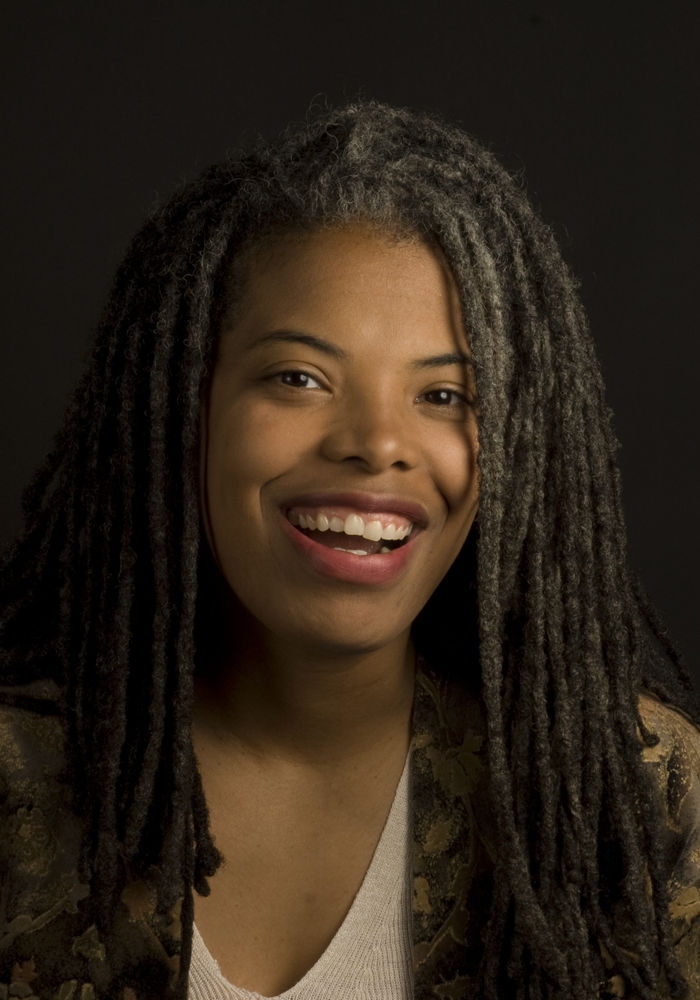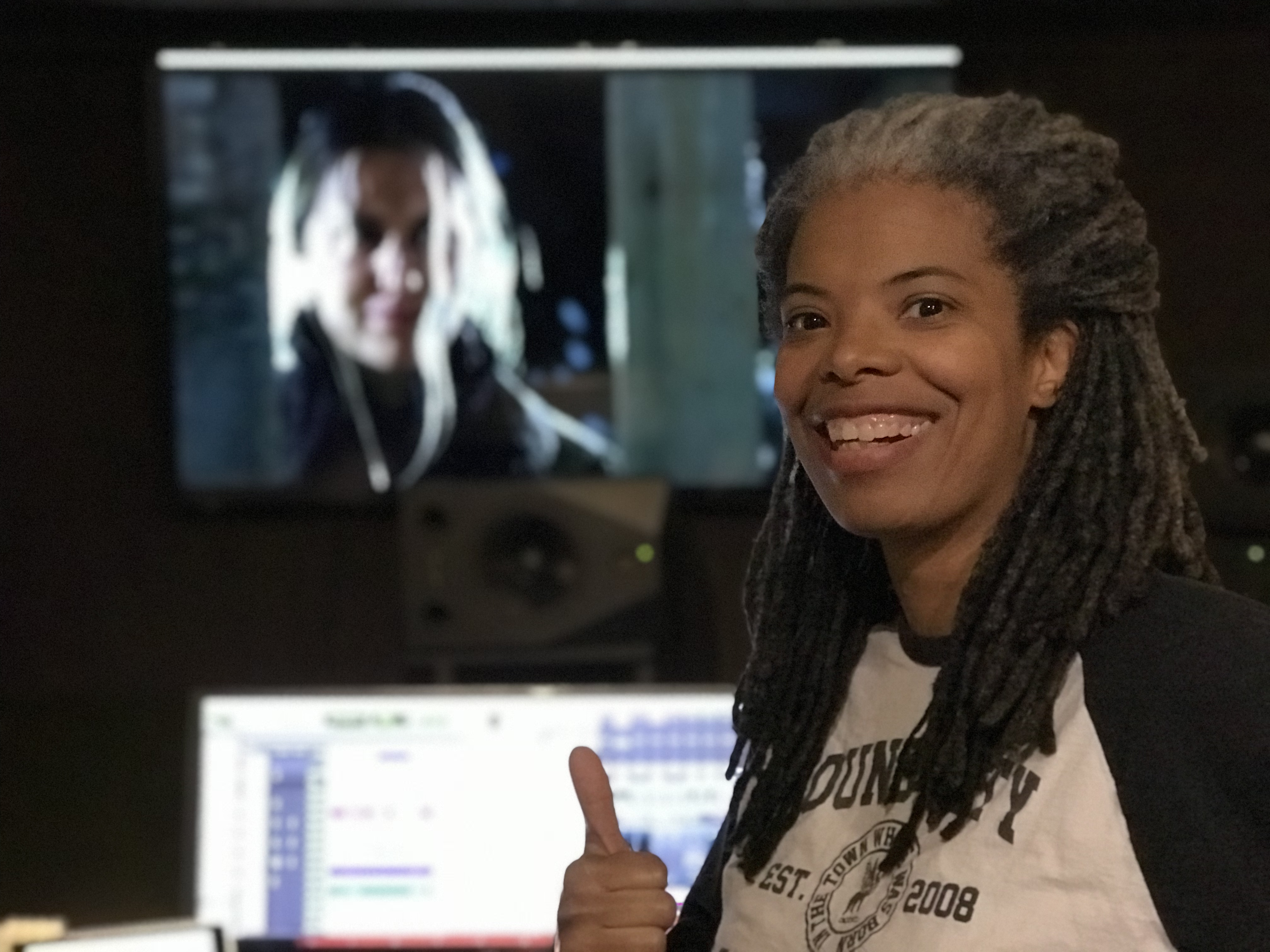Former Governor-at-Large for the Audio Engineering Society, member of the Recording Academy, the Association of Motion Picture Sound and Motion Picture Sound Editors, former tenured Associate Professor and owner of Mix Messiah Productions – there’s not much that re-recording mixer and sound editor Leslie Gaston-Bird hasn’t done. Headliner catches up with the multi-talented audio engineer to talk about what inspired her to write the book Women in Audio, and what she looks for in studio monitors.
How did you start Mix Messiah Productions (specialising in 5.1 surround mixing)?
LGB: I was sitting in a television production class in college, and someone thought I said ‘mix messiah’, and we had a laugh. And I thought to myself, ‘yeeeeeah, mix messiah!’
The first things that I was doing were little projects, then I got into notation and scoring until I made my Limited Liability Company in 2014. Then I started freelancing with some clients who were at the first post house where I worked.
What changes have you seen in technology over the years that have affected the way you work?
LGB: I left working in radio in 2002 so I could get my master's degree, and that's when I started working at Post Modern restoring audio for classic film titles.
Sony was re-releasing them on DVD and they wanted them to sound clean. We wanted to get the tape hiss down, but back then we were using the Cedar Cambridge system – this big tank of a thing!
This was not a plugin, it was a four-rack space tank with three cards: one for de-noise, one for de-crackle and one for de-click – painstaking!
Now I have the Dolby Atmos Production Suite on my computer, and my goal is to join the Dolby Atmos certification process and start delivering courses to women and underrepresented groups who want to get into technology.




